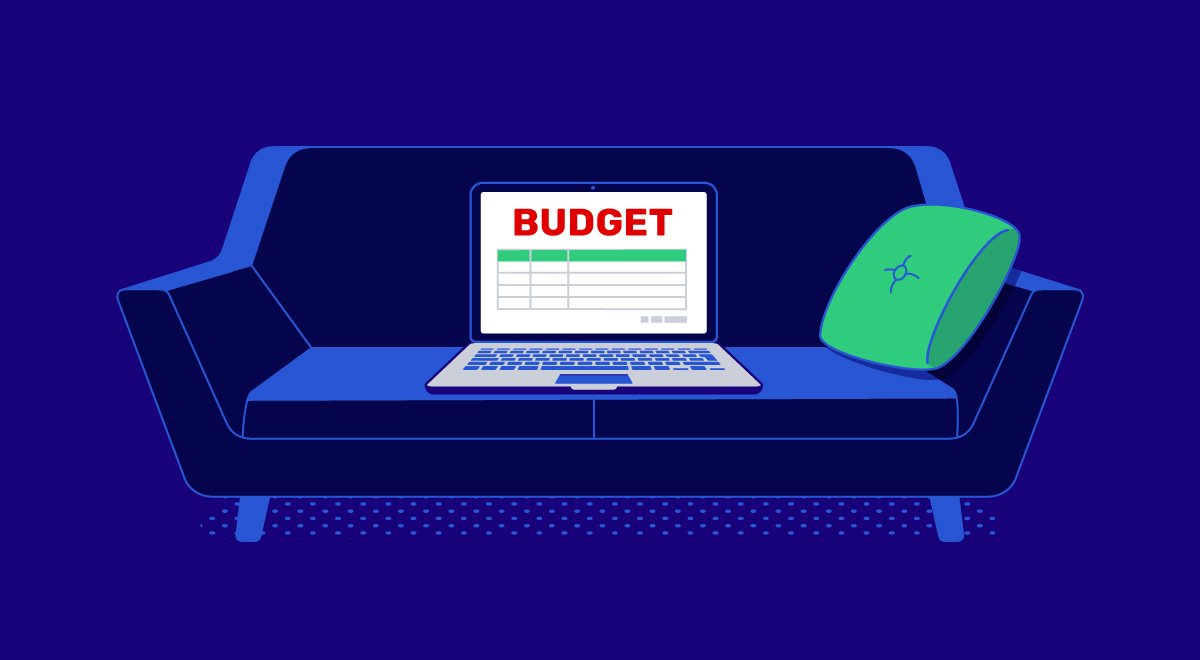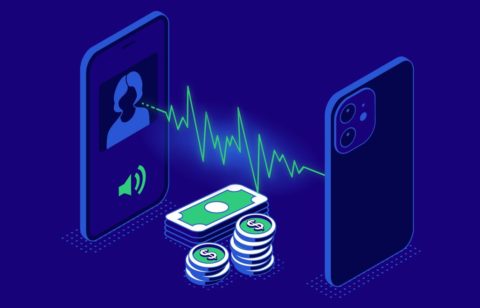If you’re out of work and worried about how you’re going to pay all your bills next month, you’re not alone. Millions of Americans are out of work due to the coronavirus pandemic, and millions more are underemployed or receiving less compensation than they normally would. If your savings is dwindling and you’re dreading the next round of bills that’s coming due, don’t panic. Instead, make a strategy that can help you go the distance financially as we all wait for this pandemic to subside. If you take the appropriate steps, you’ll be more resilient and less worried when you pick up your mail each day. Here are five great tips for budgeting for long-term unemployment.
1. Assess the Situation
If you’re facing a long-term unemployment situation, the first thing you should do is take a close look at your finances. If you haven’t done so in a long time, don’t worry; chances are strong that you had disposable income while you were employed and could afford to take a laid-back approach to budgeting and money management. However, when you’re out of work and the bills are piling up, you simply cannot afford such luxuries. So, take stock of all your monthly bills and other expenses. Try to divide your expenditures up into mandatory expenditures you must pay each month and discretionary expenses that you could eliminate if necessary. Having a solid understanding of your finances will alleviate some of the everyday stress and uncertainty you’re currently facing. Additionally, this assessment will help you establish a plan for surviving long-term unemployment.
2. Cut Back
If you’re unemployed or underemployed, especially for what you expect to be an extended period, you’ll definitely need to start cutting your spending. You can use the expenditure list you compiled when you were assessing your financial situation to find good candidates for helping you scale back your cash outflows. Some of the best examples for immediately cutting expenses include things such as dining out and cable TV and streaming expenses. A few relatively painless cuts in these areas can help you realize savings of $100-200 a month or more in many cases. If you expect your financial situation to get even more challenging over time, you may want to look at other expenses to cut, however. For example, downsizing your apartment to a smaller, more economical space may help you realize enough rent savings to ride out the pandemic until you’re fully employed again.
3. Find a Side Hustle
If you’re facing long-term unemployment, you should definitely consider finding a side hustle or part-time job. A side hustle can help generate some much-needed cash to offset the deficit your job loss has caused; in some cases, you may even be able to make more money in a side hustle than you had been making before you were laid off or furloughed. Fortunately, thanks to the internet and the continued development of the gig economy, there are more side hustle options available than ever before. Rideshare programs such as Uber and Lyft are popular side hustle choices since they provide maximum flexibility for work times. Additionally, freelancing sites such as Upwork and Fiverr can enable you to put your skills and experiences from your current job back to work for clients needing assistance. Regardless of the side hustle you choose, working part-time is definitely a great way to mitigate the effects of long-term unemployment.
4. Leverage Government COVID Relief Programs
When it comes to riding out unemployment and financial stress during the pandemic, you don’t have to go it alone. Federal and state governments have put many programs in place to help citizens limit the impact that the COVID-19 lockdowns have had on people, especially those affected by the lockdowns. For example, the recently passed spending bill’s COVID relief includes items such as extended unemployment benefits; this money can provide you a much-needed offset while you’re searching for work. Additionally, programs such as mortgage forbearance and relief from student loans can also help to reduce the financial impact of the pandemic. So, talk to a trusted financial expert, and see what COVID-19 relief benefits you’re eligible for today.
5. Start the New Job Search
Let’s face it; many companies and industries aren’t going to survive the COVID-19 pandemic intact. Thousands of restaurants are shuttering for good, and many retail stores and other companies are either in danger of permanently closing down or seriously curtailing their operations. If you think your company or job may be a COVID casualty, then you should start looking for a new job. Consider putting a resume together and updating your LinkedIn profile. Concurrently, start searching for new employment. LinkedIn, as well as sites such as Monster.com, are great places to start your job search. The sooner you start looking for a new job, the more you can leverage your savings and any government programs you’re eligible for to subsidize the cost of your job search.
Don’t Wait to Start Preparing for Long-term Unemployment
If you’re unemployed right now and don’t know when or if you’ll get back to your job, start preparing for the long haul right now. The sooner you put in measures to mitigate the effects of being out of work – including a search for a new job – the better prepared you’ll be for the financial stress and uncertainty layoffs and furloughs bring. These five tips in particular can help you be less stressed and more resilient as you navigate the challenges of long-term unemployment.





